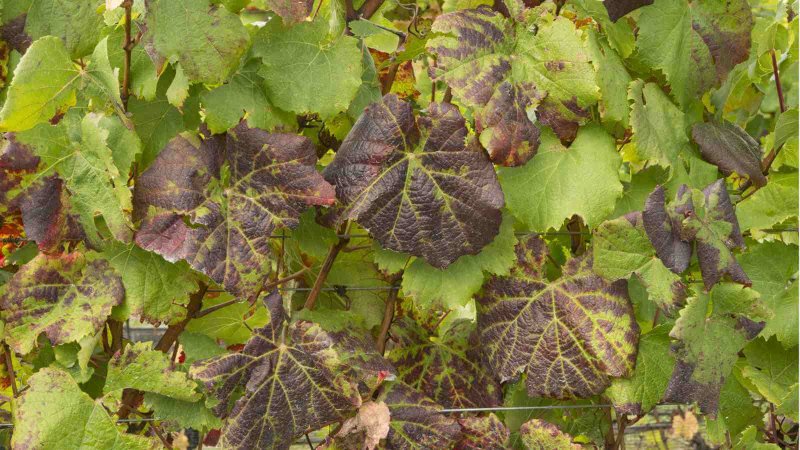A new discovery by Washington State University scientists could help grape growers roll back a devastating virus that withers vines and shrivels harvests.
For the first time, researchers in WSU’s Department of Plant Pathology have found a way to clone leafroll 3, opening the door for experiments and treatments to protect valuable Washington vineyards.
…
The …. team is now working to see if they can infect a grapevine with the virus. Once the team understands how the virus and its genes create symptoms of disease, they can create defenses against them, such as an inoculant, or make a designer virus to deliver genes that help plants resist disease.
…
“It’s a test tube copy of the virus,” said WSU researcher Naidu Rayapati. “Now, we can use reverse genetics — working backwards by seeing how it expresses its genes physically — to find out how it works.”
Read full, original article: WSU Scientists Clone Virus To Help Stop Overwhelming Grape Disease































